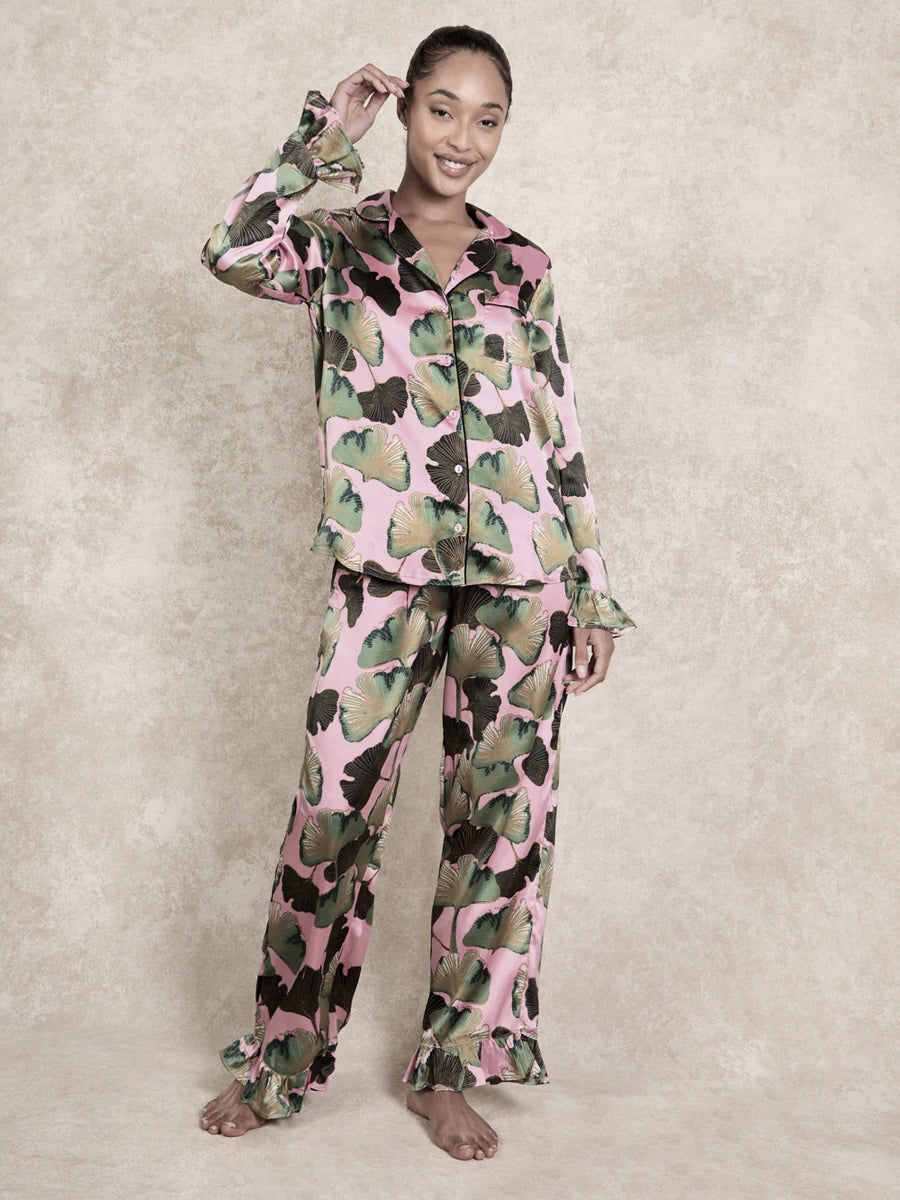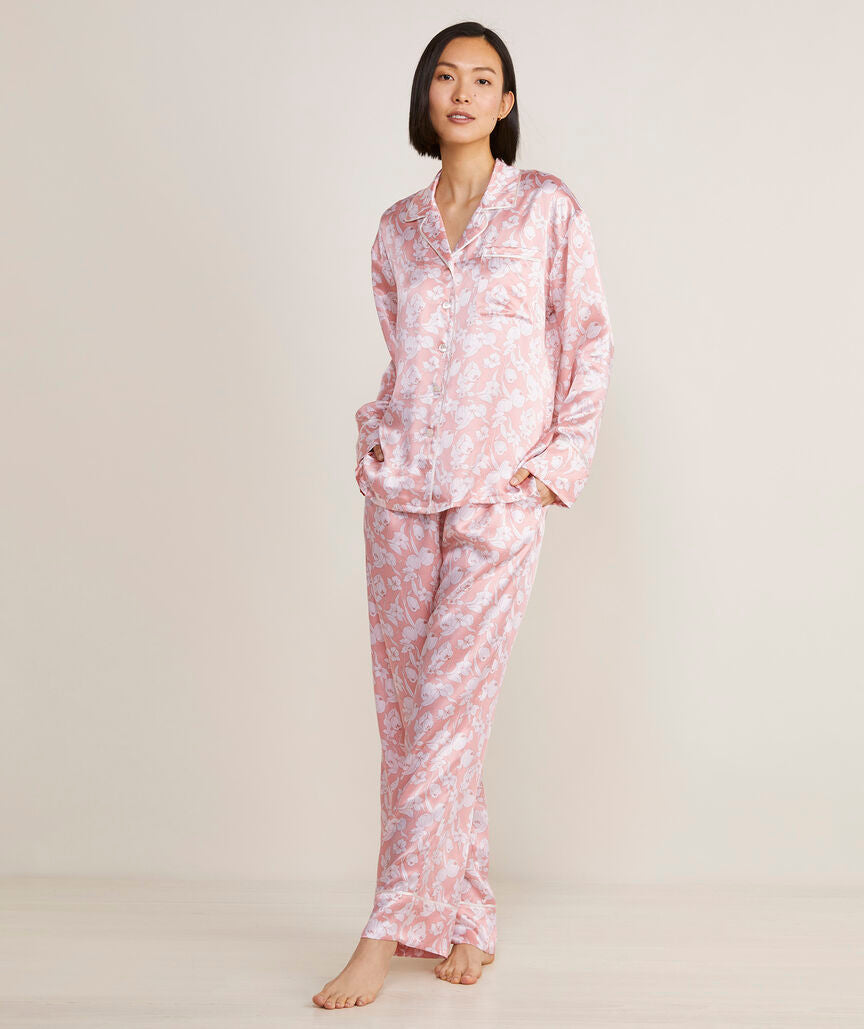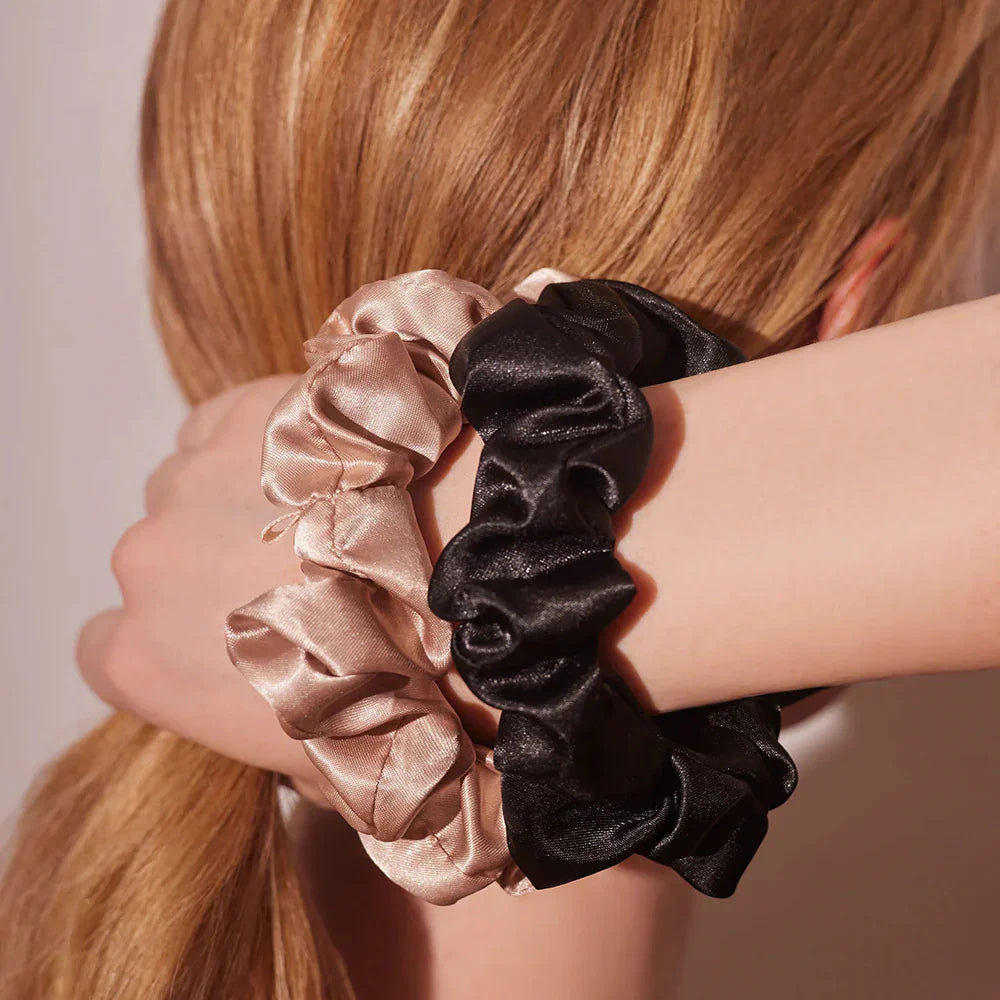Fabric Types and Softness: Guide to Soft Materials

Fabric Types and Softness: Understanding What Makes Material Feel Luxurious
The way a fabric feels against your skin can define your comfort, confidence, and even your mood. Whether you’re searching for the softest t-shirt, a super soft nightgown, or a softest sweater material, understanding fabric types and softness helps you choose garments that feel as beautiful as they look.
From soft texture fabric to natural fibers like cotton and silk to modern materials like lyocell and bamboo, every fabric has a unique texture, stretch, and softness. Let’s explore how different fabrics and materials contribute to comfort and why softness is such an essential quality in fashion.
What Does Fabric Mean?
The fabric meaning refers to any textile material made by weaving, knitting, or bonding fibers together. These fibers can be natural fiber (from plants or animals) or synthetic (man-made). The structure, blend, and finishing process determine the softness, stretch, and durability of each piece.
Types of Fabrics and Their Softness
Each type of fabric offers distinct qualities. Here’s a closer look at the most popular things that are soft and fabrics used in softest clothing, bedding, and blankets:
1. Cotton – The Classic Comfort
Cotton is known for its breathability and natural softness. The softest cotton fabric, like Pima or Egyptian cotton, feels smooth and gentle on the skin. Cotton blends are often used in softest t-shirts and super soft fabric nightwear because of their comfort and versatility.
2. Lyocell and Tencel – The Eco-Friendly Softness
Lyocell (also branded as Tencel) is celebrated for being both breathable and silky-soft. If you’re wondering, “Is Tencel Lyocell breathable?”, absolutely. It allows airflow, absorbs moisture, and feels cool, making it ideal for hot weather. It’s also sustainable, biodegradable, and loved for its smooth texture in luxury loungewear and sheets.
3. Bamboo – Naturally Silky and Soft
Bamboo fabrics are soft materials, lightweight, and eco-conscious. Many people ask, “Does bamboo shrink?”, it can, if washed in hot water or dried on high heat, so gentle care keeps it in perfect shape.
4. Silk – The Softest Natural Fiber
When it comes to the softest natural fiber, silk reigns supreme. It’s smooth, lustrous, and breathable, the ultimate definition of luxury. Sources of silk fiber come from silkworm cocoons, and silk can be made into stunning lingerie and elegant nightgowns.
5. Wool and Sweater Materials – Cozy and Soft
Wondering “What is a sweater made of?” Common sweater materials include wool, cashmere, and acrylic. For the softest sweater material, choose cashmere or alpaca, both known for warmth and cloud-like softness.
6. Polyester and Viscose – Stretchy and Versatile
If you’re curious about “Polyester, is it stretchy?”, pure polyester has limited stretch, but when blended with spandex or elastane, it becomes flexible and durable. Viscose is smooth and soft but can shrink if not cared for properly, so if you’ve wondered, “Will viscose shrink?”, the answer is yes, if exposed to heat.
7. Blankets and Plush Materials
When looking for material for blankets, options like fleece, flannel, and plush microfiber are the softest materials for blankets. The softest material on earth for comfort-lovers might just be an ultra-plush faux fur or microfiber blend, unbelievably cozy and soothing.
Cotton vs Nylon: Comfort Meets Durability
When comparing cotton vs nylon, the two fabrics represent opposite ends of the comfort spectrum. Cotton is a natural fiber known for its softness, breathability, and ability to absorb moisture, making it ideal for everyday wear and sensitive skin. In contrast, nylon is a synthetic material prized for its strength, durability, and quick-drying properties. While cotton feels cozy and gentle, nylon is more resistant to stretching, shrinking, and wrinkling. Cotton excels in comfort and sustainability, whereas nylon dominates in performance and longevity. The best choice depends on your needs, cotton for softness and natural comfort, nylon for strength and resilience.
Most Comfortable Fabrics: The Feel of Everyday Luxury
The most comfortable fabrics are those that blend softness, breathability, and flexibility to create a soothing touch against the skin. Cotton, a timeless favorite, offers natural comfort and moisture absorption, making it ideal for everyday wear. Bamboo and Tencel (Lyocell) are modern, eco-friendly options known for their silky smooth texture and temperature regulation. For cool weather, cashmere and modal provide unmatched coziness without feeling heavy. Even performance blends like cotton-spandex or modal-elastane combine stretch with softness for added comfort. Whether in loungewear, sleepwear, or everyday clothing, the most comfortable fabric make you feel effortlessly relaxed while maintaining breathability and style.
Tencel Fibre Properties: The Modern Eco-Luxury Fabric
Tencel fibre, also known as Lyocell, is one of the most innovative fabrics in modern textiles, celebrated for its softness, sustainability, and strength. Made from sustainably sourced wood pulp, typically eucalyptus or beech trees, Tencel fibers are produced through an eco-friendly closed-loop process that recycles water and solvents. Among its many fiber properties, Tencel stands out for being exceptionally soft, breathable, and moisture-wicking, making it ideal for sensitive skin and warm climates.
Unlike traditional cotton, Tencel Lyocell resists wrinkles, drapes beautifully, and has a subtle sheen that gives it a luxurious look. It’s also biodegradable, meaning it breaks down naturally without harming the environment. When comparing Tencel Lyocell vs Tencel Modal, Lyocell tends to be slightly stronger and more structured, while Modal is lighter and silkier. Other remarkable Tencel fiber properties include its durability, smooth texture, and resistance to shrinking and pilling, making it a favorite for everything from soft bedding and activewear to elegant clothing.
In short, Tencel is not just a comfortable and stylish choice, it’s a responsible one, offering the perfect balance of eco-friendliness, softness, and lasting quality
Soft Materials and Their Feel
The fabric softness you feel depends on factors like fiber diameter, weave density, and finishing. Soft materials can range from smooth and silky to fluffy and plush. Some examples of soft materials names include cotton, bamboo, silk, modal, lyocell, and cashmere.
When exploring a soft fabric list, look for lightweight and breathable options. Lightweight fabrics such as modal and lyocell are especially comfortable for sensitive skin and summer wear.
Strong Yet Soft: The Perfect Balance
While softness is key, durability also matters. The strongest fabrics, like nylon or Kevlar, may not feel soft, but blends that combine strong fibers with soft ones (like cotton and spandex) can deliver both resilience and comfort.
Even in fashion systems like Soft Natural Kibbe, where balance is key, the right soft fabrics help enhance natural beauty with gentle texture and flow.
The Role of Fabric Care in Softness
Even the softest fabric can lose its luxurious feel without proper care. Using a top rated fabric softener or gentle wash cycle helps preserve softness, especially for materials like cotton, bamboo, and lyocell.
For longevity:
-
Wash with mild detergent and fabric softener.
-
Avoid high heat (it can shrink natural fibers).
-
Line dry or tumble dry on low.
Choosing Fabrics for Sensitive Skin
The best fabrics for sensitive skin include cotton, bamboo, silk, and Tencel. These materials are naturally breathable and hypoallergenic. Avoid rough synthetics or wool blends that can cause irritation.
Final Thoughts: The Beauty of Softness
From the soft cotton fabric to buttery soft t-shirts, super soft nightgowns, and lightweight fabrics, the world of textiles offers endless ways to experience comfort. The best materials, soft, breathable, and sustainable, don’t just feel good; they nurture your skin and elevate your daily comfort.
At Olivia Paisley Intimates, we believe softness isn’t just a texture, it’s a lifestyle.


